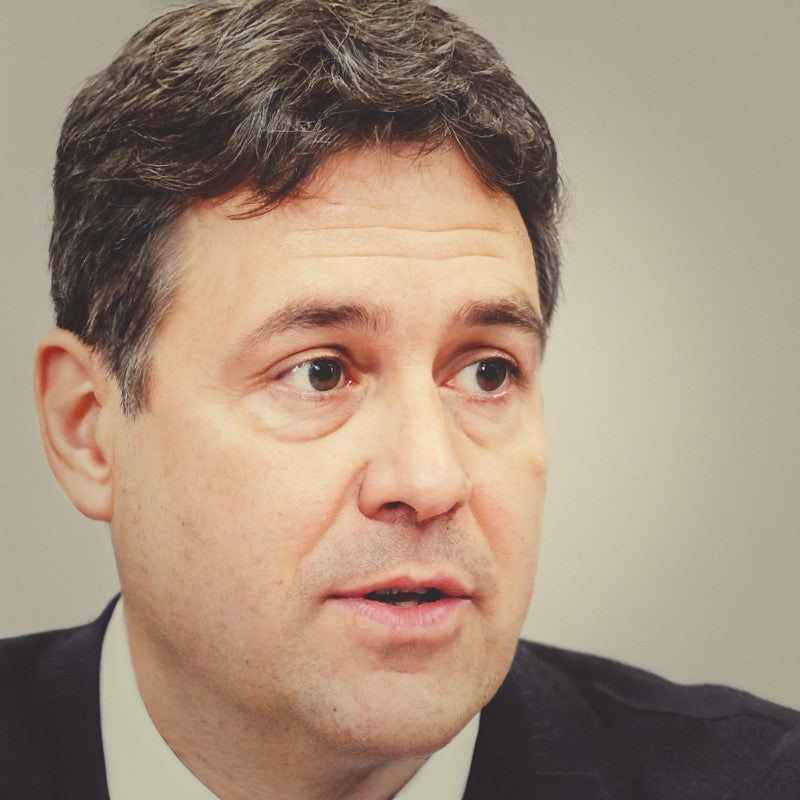When it comes to Civil Service exams, one of the most daunting tasks candidates face is crafting the 250-word statements.
These statements, often seen as a significant hurdle, can be transformed into a powerful tool with a thorough understanding of the required behaviours and a structured approach to writing.
Today, we will delve into the "Working Together" behaviour at the Senior Executive Officer (SEO) level and show you how to turn this potential weakness into a strength.
Related Article: 5 Working Together Behaviour Statements
What "Working Together" Means at SEO Level
At the SEO level, the "Working Together" behaviour signifies a higher level of collaboration and leadership than at junior levels. This behaviour expects candidates to demonstrate their ability to build productive working relationships both within their team and across departments. It involves:
- Influencing and Persuading: Effectively engaging and motivating others to achieve common goals.
- Collaboration: Proactively seeking and sharing information, resources, and support.
- Resolving Conflicts: Navigating and managing disputes constructively.
- Inclusivity: Ensuring diverse perspectives are considered and valued.
While junior levels might focus on being a good team player, the SEO level requires showcasing your ability to lead, inspire, and harness the collective strengths of a diverse team. This shift from participation to leadership is crucial to understand when writing your statement.
Statement Structure: The B-STAR Technique
To effectively convey your competence in "Working Together," the B-STAR technique (Belief, Situation, Task, Action, Result) is an invaluable framework. Here’s how to apply it:
- Belief: Start by expressing your fundamental belief in the importance of working together. This sets the tone and context for your statement.
- Situation: Describe a specific scenario where collaboration was essential. Be concise but detailed enough to provide context.
- Task: Outline your role and responsibilities within this scenario. This should reflect your position as an SEO and your proactive approach to teamwork.
- Action: Detail the actions you took to foster collaboration, resolve conflicts, or lead your team. Highlight your leadership, communication, and problem-solving skills.
- Result: Conclude with the outcome of your actions. Emphasize the positive impact on the team and organization, showcasing measurable results where possible.
Using the B-STAR technique ensures your statement is structured, focused, and demonstrates the depth of your experience and capabilities in "Working Together."
With this understanding and approach, you are now equipped to craft a compelling statement for the "Working Together" behaviour at the SEO level. Let's take a look at an example statement to see how this all comes together...

Check out 50 example statements for all 9 behaviours
250 Word Statement Example
I believe that teamwork and collaboration are crucial for achieving outstanding results. This belief shapes my approach to fostering strong, cooperative relationships within and outside my team.
As a Healthcare Coordinator, I was responsible for leading a multidisciplinary team to improve patient discharge procedures. The challenge was to streamline the process to reduce patient wait times and improve overall satisfaction.
To kick off the initiative, I organized a workshop that brought together nurses, doctors, administrative staff, and social workers. I clearly communicated the project's objectives and encouraged everyone to share their insights and experiences. This initial session helped establish a common focus and a sense of shared purpose.
Recognizing the importance of ongoing communication, I set up weekly meetings where team members could discuss progress, share resources, and troubleshoot issues.
Building professional relationships with external partners, such as rehabilitation centers and home care agencies, was also vital. I scheduled regular check-ins with these stakeholders to ensure alignment and address any concerns promptly.
To support team wellbeing, I introduced flexible scheduling and access to stress management resources. I made it clear that our workplace was one of respect and inclusivity, where bullying and discrimination were not tolerated. I actively sought input from all team members, valuing the diverse perspectives that enriched our discussions.
The result was a 30% reduction in patient discharge times and significantly improved patient satisfaction scores. This experience reinforced my belief in the power of collaborative effort and the importance of creating a supportive and inclusive team environment.


